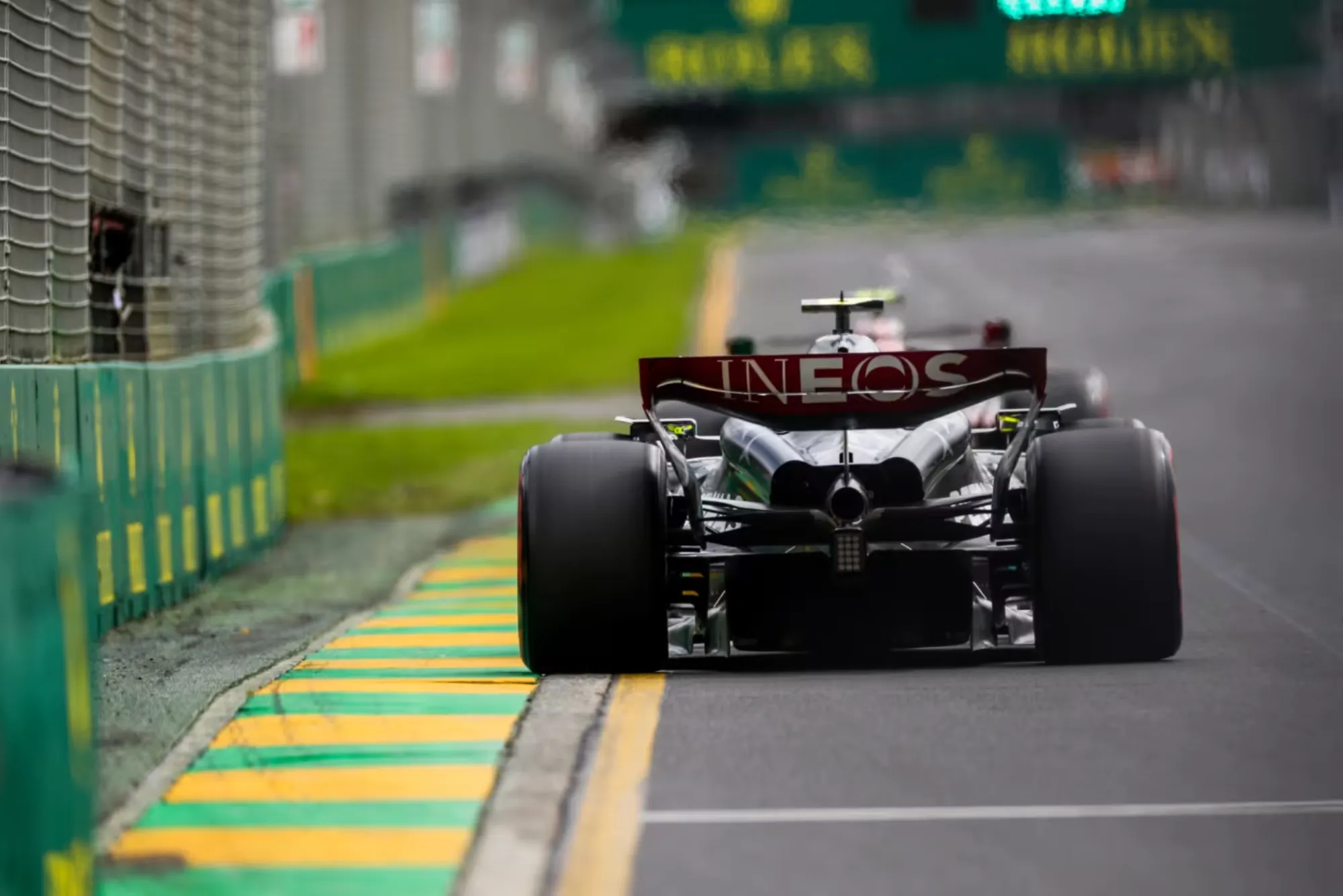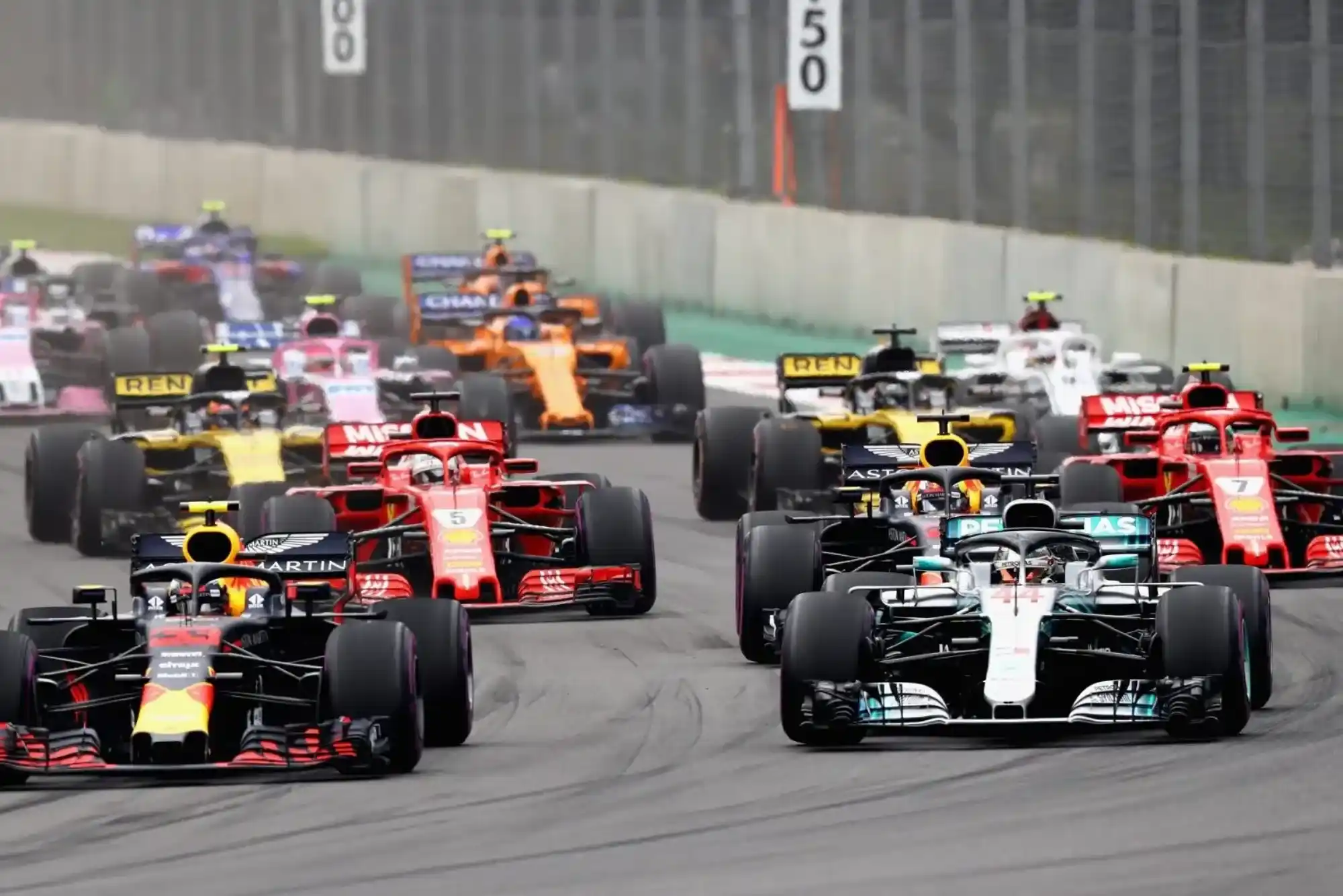Formula 1 (F1) and the Indianapolis Motor Speedway have a rich history, particularly with the iconic 500-mile race held annually at the Brickyard. However, for those curious about whether F1 cars can race on the Indy Road Course, it’s essential to delve into both the technical and historical aspects of this question. In this article, we will explore the suitability of F1 cars on the Indy Road Course, the challenges involved, and the nuances of adapting these high-performance machines to a unique racing environment.
Understanding F1 Cars and the Indy Road Course

Formula 1 cars are purpose-built for high-speed circuits, equipped with advanced aerodynamics, complex suspension systems, and cutting-edge technology. Their primary design caters to smooth, purpose-built tracks like Monaco, Silverstone, and Suzuka. On the other hand, the Indy Road Course is part of the broader Indianapolis Motor Speedway complex but is more suited to the demands of American open-wheel racing, such as the NTT IndyCar Series.
The Indy Road Course, originally a combination of the main oval and a road course layout, offers a mix of high-speed corners and technical turns that challenge drivers in unique ways. F1 cars, known for their downforce-heavy designs and strict engineering tolerances, could theoretically navigate the twists and turns of the Indy Road Course, but there are significant challenges to overcome.
Key Challenges for F1 Cars on the Indy Road Course
- Aerodynamics and Downforce: F1 cars rely heavily on their aerodynamic setups to generate downforce, which provides grip at high speeds. On road courses like Indy, the complex layout with tight corners and elevation changes may demand adjustments to this setup, which could lead to a compromise between high-speed performance and cornering ability.
- Braking and Heat Management: The Indy Road Course features numerous heavy braking zones due to its technical layout. F1 cars are equipped with advanced braking systems, but adapting them to endure the heat generated by frequent stops and prolonged periods of use on the road course could pose a challenge.
- Tire Performance: Tires play a crucial role in F1 racing, providing the necessary grip to handle cornering forces. The specific surface composition and demands of the Indy Road Course could impact tire degradation, and modifying F1 tires for consistent performance could be difficult.
- Mechanical Setup: Formula 1 cars are tailored to specific tracks. The high-speed sections of traditional F1 tracks contrast sharply with the more technical nature of the Indy Road Course, which could challenge existing setups, especially with suspension and differential tuning.
Adapting F1 Cars for the Indy Road Course
For F1 cars to succeed on the Indy Road Course, modifications must be made in several key areas:
- Aerodynamic Adjustments: The aggressive downforce levels of F1 cars may need adjustments to cope with the road course layout. Reducing downforce to improve handling in tighter corners while retaining speed on straights would be crucial.
- Braking Systems: Enhanced cooling solutions and brake material durability must be engineered to withstand the unique demands of multiple heavy braking zones on the Indy Road Course.
- Suspension Tuning: With uneven surface conditions and elevation changes, the suspension systems of F1 cars might need to be modified to ensure optimal performance through technical sections.
Historical Context: F1 and the Indianapolis Motor Speedway
Although F1 Cars Race have never raced on the full Indy Road Course, there have been instances of F1 participating in the broader Indianapolis Motor Speedway, most notably during the United States Grand Prix at the Indianapolis Motor Speedway’s oval layout. The most significant encounter occurred in 2005 when the F1 race was held alongside the Indy 500 on the same weekend. However, this event was controversial and widely criticized due to the lack of competitive elements, making the notion of adapting F1 cars to the Indy Road Course a distinct topic.
Benefits of F1 Cars Racing on the Indy Road Course

Despite the challenges, there are potential benefits if F1 cars were to compete on the Indy Road Course:
- Increased Popularity: Combining the prestige of F1 with the rich history of the Indianapolis Motor Speedway could attract a broader audience.
- Technical Evolution: Racing on a road course like Indy could push F1 teams to innovate further, enhancing the performance of current car designs and engineering solutions.
- Diverse Racing Experience: F1 cars adapting to a road course scenario would require drivers and teams to embrace new strategies, offering a unique experience for both participants and spectators.
Comparison with Other Racing Series
The Indy Road Course is primarily used by the NTT IndyCar Series and sports car racing. These events are tailored for technical racing where cornering and braking are the primary focus. Unlike F1, which thrives on high-speed aero grip, IndyCar designs prioritize mechanical grip for improved traction and cornering precision.
F1 cars would face stiff competition with the level of speed, grip, and engineering expertise present in the NTT IndyCar Series. The combination of these factors highlights the distinct nature of both series and the unique challenges faced by F1 cars on a road course like Indy.
Can F1 cars race on the Indy Road Course? While theoretically possible, significant modifications and adaptations would be required. From aerodynamic adjustments to tire performance and mechanical setup, F1 teams would have to overcome numerous hurdles to compete at a high level. However, the allure of historic significance, technical innovation, and the challenge of a new racing environment could make the concept of F1 racing on the Indy Road Course a fascinating possibility.
FAQs: Can F1 Cars Race on Indy Road Course?
- Why haven’t F1 cars raced on the Indy Road Course before?
F1 cars have primarily been designed for high-speed, purpose-built circuits with specific aerodynamic and mechanical setups. The Indy Road Course presents a more technical layout with heavy braking zones, elevation changes, and tight corners, which requires significant modifications to F1 cars, making it a challenging environment. - What challenges do F1 cars face on the Indy Road Course?
F1 cars face challenges such as adapting their high-downforce aerodynamics to a road course with tighter corners and uneven surfaces, managing heat build-up during braking, and ensuring tire performance remains consistent through technical sections of the track. - Would F1 teams need to make extensive modifications to their cars for the Indy Road Course?
Yes, significant adjustments would be necessary. F1 cars would need to reduce downforce to maintain optimal performance in tighter corners, modify braking systems for better heat management, and adapt suspension settings for uneven road surfaces. - How does the Indy Road Course compare to traditional F1 circuits?
Traditional F1 circuits focus on smooth, high-speed sections with less emphasis on technical cornering. The Indy Road Course, in contrast, includes a mix of tight turns, elevation changes, and heavy braking zones, which requires a different set of car setups and driving techniques. - Has there been any historical involvement of F1 cars with the Indianapolis Motor Speedway?
Yes, the most notable instance was during the United States Grand Prix in 2005, held alongside the Indy 500. However, the format was criticized for its lack of competitiveness, and F1 cars raced only on the oval layout of the Indianapolis Motor Speedway, not on the road course. - Would F1 cars compete against IndyCar teams on the Indy Road Course?
While theoretically possible, F1 cars competing directly against IndyCar teams would be highly challenging. The technical demands of the road course would require substantial adaptation from both F1 teams and drivers unfamiliar with the unique nature of IndyCar racing. - Could F1 cars race on the Indy Road Course in the future?
While not a current reality, a future event featuring F1 cars on the Indy Road Course could occur with extensive planning and modifications to adapt to the technical challenges posed by the track layout. - What role do tires play in adapting F1 cars to the Indy Road Course?
F1 tires are engineered for high-speed circuits, and adapting them to the technical demands of the Indy Road Course would require specialized compounds to handle cornering forces, braking heat, and consistent performance through various sections of the track. - Would the Indy Road Course offer more fan engagement for F1 races?
The Indy Road Course could provide a unique experience for fans due to its technical nature and mix of high-speed sections and tight corners, offering more variety compared to traditional F1 circuits. - Are there any benefits to F1 racing on the Indy Road Course?
Potential benefits include enhanced technological innovation, increased fan engagement, and a deeper exploration of racing dynamics that challenge the boundaries of F1 car performance on a road course layout.




